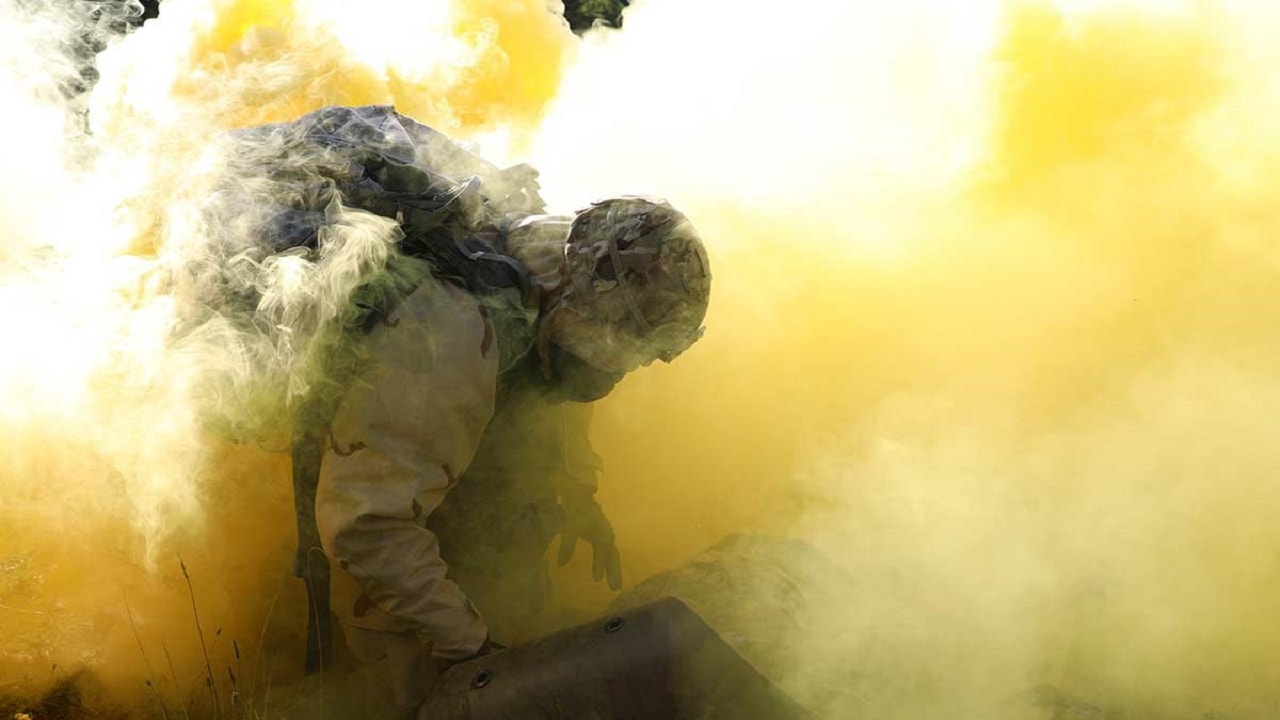The urgent discussion Russian Minister of Defense Sergei Shoigu had with his Western counterparts last week on the possibility of a Ukrainian dirty bomb (a conventional explosion designed to disperse radiological material) is indicative of a trademark, ham-fisted Russian “false flag” operation.
In response to the Russian allegations, Ukrainian President Volodymyr Zelensky responded, “[I]f Russia calls and says that Ukraine is allegedly preparing something, it means only one thing: Russia has already prepared all this.” Russian Vladimir Putin has enacted a total energy war, and concurrent with denying Ukrainians warmth this winter, the last thing he wants is to abandon Europe’s largest nuclear power plant, leaving it functional. In their usual unsophisticated and obvious manner, the Russians are attempting to preempt a possible radiological disaster brought about by their destruction of the Zaporizhzhia Nuclear Power Plant (ZNPP).
Disabling the ZNPP is a continuation of Putin’s plan to freeze Ukraine this winter, and force the population to capitulate. According to Zelensky, Russia has already destroyed at least 30% of Ukraine’s power stations, much of this damage coming last week from Russia’s air attacks, including the use of Iranian Shahed-136 drones. These attacks align with Russia’s other energy-war tactics, including the threat of destroying the Kherson hydro-electric dam, the sabotage of the Nord Stream pipelines, and the OPEC+ decision to cut oil production. Before the invasion in February, over 51% of Ukraine’s electricity was derived from its four functioning nuclear power plants, and interrupting the ZNPP’s ability to produce energy is a significant loss to overall Ukrainian energy security.
Putin has made a significant effort to obscure his plans for and secure his control over the ZNPP. In August, he slow-rolled permission for an International Atomic Energy Agency (IAEA) team to inspect the plant. He has rebuked calls from the IAEA to establish a safety and security zone around the ZNPP. In mid-October, Russian overseers forced the remaining employees to pledge their fealty to Russia, in writing. There are also reports that the Russians placed mines around the grounds. Russia has even announced that the current U.S.-supplied fuel rods will be replaced by Russian equivalents. Putin seems to believe he will be able to retain control of the plant, but if he is forced to relinquish control, his parting shot will most likely be severely disabling it to deny its use to the Ukrainians.
Any Russian sabotage of the plant comes with risk of a nuclear catastrophe. Although the ZNPP has shown resiliency throughout the war–enduring repeated artillery shelling, reductions and abductions of plant personnel, loss of main power, and continued interruptions of the back-up power supply–any plan the Russians might have to permanently deny its use to Ukraine may risk creating an international incident ala Fukushima. Putin may recognize the political and physical damage, both in and outside Russia, that such a wonton and irresponsible act might cause. To deflect blame from any possible radiation leakage, the Russians have preemptively concocted this Ukrainian dirty-bomb threat.
Although Putin is probably not planning on using the ZNPP itself as a dirty bomb, he is rhetorically preparing for any fallout. Most of the current discussion around a dirty bomb is framed in terms of Russia deterring or slowing the contribution from the West, or simply nuclear saber-rattling. More likely, they are setting the stage for a possible nuclear accident resulting from their parting sabotage of the ZNPP.
It is too late once the war starts to recognize the extreme dangers nuclear power plants present during a major conflict. There is probably little beyond what the West has already done to convince Putin to quietly and safely abandon Zaporizhzhia beyond the current threats. Any direct military-action against the ZNPP is at the discretion of the Ukrainians. But the West can, and must, continue to directly attack Putin’s strategy of energy denial.
The West should react with its own massive energy response. It must seek out and implement every possible energy solution, including temporarily lifting moratoriums on all forms of drilling, funding alternate fossil, and renewable energy sources, restarting the Keystone XL Pipeline construction, continuing to apply pressure on OPEC nations and aggressively pursuing energy partnerships with non-OPEC countries, and most of all conserving energy.
While this plan may mean a short-lived yet painful reversal of international climate strategies, these actions should help shorten the war, reduce Russian leverage in future conflicts, and signal to Putin that the West is serious about supporting Ukraine.
If the concern is defeating Russia at their own game, helping the Ukrainians repel these invaders, and preventing the future exploitation of nuclear facilities, then Western nations need to plan, execute, and sacrifice for the greater good.
Anthony Tingle, Ph.D. serves as Program Director of the Institute for Future Conflict at the United States Air Force Academy.
Want More 19FortyFive articles, news, and analysis on the top military, defense, national security, as well as politics and economics news? Make sure to follow us on Google News, Flipboard, YouTube, Facebook, Twitter, and Linkedin. Also, please don’t forget to sign up for our newsletter here. You can also find our code of publishing ethics and standards here.

